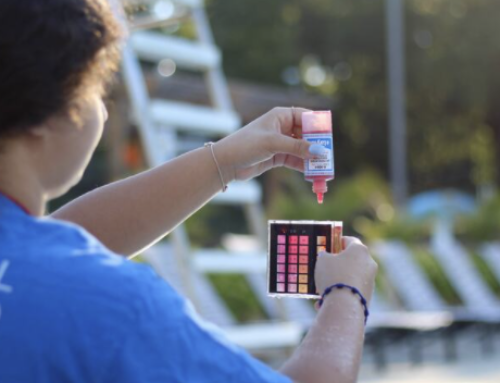For better or worse, private pools are seen as something of a status symbol. Whether it’s an expansive inground facility with Grecian fountains and Corinthian columns edging the water or a simple aboveground fiberglass construction, many people consider it a luxury to stroll out into the backyard and go for a dip.
According to Swim University, residential pools make up the vast majority of swimming facilities in the U.S. There are 10.6 million pools in the country. Just over 50 percent of those are inground residential setups, while another 47.1 percent are above-ground. Only 2.9 percent, or 307,400, are commercial pools.
Some critics might see these figures as a trend in favor of the rising wealth of the American middle class, but a recent article published by the Los Angeles Times explained how, at one point, commercial pools were a symbol of community pride and shared spaces. Something changed in the mid-20th century, though, and private residential pools became the norm in areas of the country like California and Florida, where access to a swimming facility is all but critical in the summer. According to the Los Angeles Times, commercial pools are poised to make a comeback in a big way.
The American pool dream
The private pool is an inescapable feature of LA’s urban sprawl. Flying at low altitudes over any stretch of southern California will show neighborhoods similar to the farmland of the Midwest, but demarcated by fences, shrubs and oval-shaped pools rather than corn and wheat.
Christopher Hawthorne of the LA Times explained that the west coast’s largest city and its suburbs didn’t always used to be this way. Ironically, it took World War II, a period where the Port of Los Angeles saw more commercial traffic than ever before, to jumpstart the region financially. This, combined with thousands of servicemen and women returning home with military pensions and support from the GI Bill, created a middle class with expendable income. When the summers rolled around, families started buying their own personal pools in what Hawthorne described as “the postwar LA Dream.”
Today, California has the most pools – approximately 3 million – out of any state. In particular, the LA area features more than 43,000 residential facilities – a fact compiled by geographer Joseph Lee and graphic designer Benedikt Gross in their project they call the “Big Atlas of LA Pools.”
LA’s pools take their toll
With so many individual pools dotted across southern California, and ostensibly a few homeowners who aren’t as familiar with pool maintenance as they should be, it’s natural to assume that a few problems have arisen.
Using Gross’ and Lee’s data, the Pacific Institute calculated the environmental toll of so many residential pools on LA, a community that already deals with periodic droughts and rising temperatures. The average SoCal pool is oval-shaped, measures about 16 by 33 by 5.5 feet and has a surface area of 430 square feet. This leads to an average volume of approximately 18,000 gallons. At any given time, LA’s residential pools account for 760 million gallons of water use.
Naturally, the California summer causes these pools to evaporate a great deal of water. The Pacific Institute estimated that these residential facilities directly lead to more than 660 million gallons of water evaporation every year.
It’s not just the climate that’s being affected by so many residential pools in the LA area. Hawthorne explained that pools used to occupy a special place in communities around California. For example, San Francisco’s Sutro Baths was a large public bathing facility on the shores of the Pacific Ocean that served the public from its opening in 1896 to the final fire that gutted the pool in 1966.
Not everybody has given up on regaining commercial pools for the benefit of the community, though. Paul Favaro, president of the Sonoma Valley Health and Recreation Association, is currently lobbying the city to raise $1.7 million by August 19 for the construction of a new communal swimming facility.
“We have so much support from people in the community,” Favaro told the Press Democrat. “Once this thing gets off the ground, the community will make it happen.”
David Cook, a Sonoma councilman, told the news source that the pool would give children and adults alike a chance to learn valuable swimming lessons to prevent future incidents.
“Everyone should have access to a pool,” said Tom Rouse, mayor of Sonoma. “And everyone should know how to swim. We have creeks. We have oceans. For God’s sake, we’re on the West Coast.”





